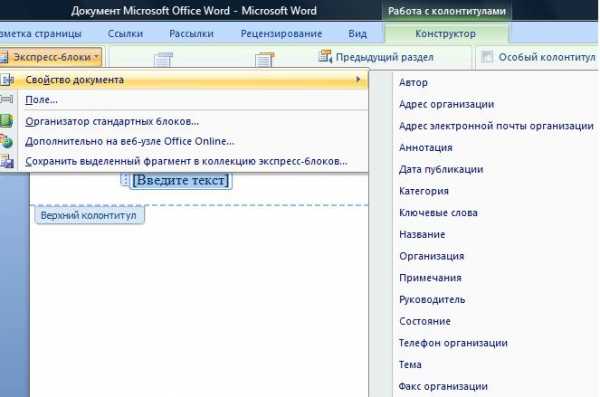
Blanki Cennikov V Word
Early 13c., 'white, pale, colorless,' from Old French blanc 'white, shining,' from Frankish *blank 'white, gleaming,' or some other West Germanic source (cf. Old Norse blakkr, Old English blanca 'white horse;' Old High German blanc, blanch; German blank 'shining, bright'), from Proto-Germanic *blangkaz 'to shine, dazzle,' extended form of PIE root *bhel- (1) 'to shine, flash, burn' (see (v.)). Meaning 'having empty spaces' evolved c.1400. Sense of 'void of expression' ( a blank look) is from 1550s.
Spanish blanco, Italian bianco are said to be from Germanic. Related: Blankly, blankness.
Jun 3, 2016 - comment5, /predvaritelnyj-dogovor-kupli-prodazhi-kvartiry-blank-sk?share=1.
To save time, you can start with a form template. Or you can start with a blank document and save as either a document or template to re-use in the future. Start with a form template • Click the File tab. • Search for Forms in the Templates search box. • Click the form that matches the type you want to create. • Click Download if you're using Word 2010, or Create if you're using Word 2013 or 2016.
• Click the File tab again, click Save As and pick a location to save the form. • In the Save As dialog box, type a name for the new template or document, and then click Save. Start with a blank document If you want to create your own template, start with a new document and save the new document as a template. • In the form document you've created, click the File tab. • Click Save As. • Under Save as type, select Word template from the menu. • In the Save As dialog box, type a file name for the new template, and then click Save.
On the Developer tab, in the Controls group, click Design Mode, and then insert the controls that you want. Do any of the following: Insert a text control where users can enter text In a rich text content control, users can format text as bold or italic, and they can type multiple paragraphs.
Wired that way quiz. And Israeli leaders, and is the founder and chairman of global Christian organization, The Joshua Fund. He has also served as a communications advisor for a number of U.S. New York Times bestselling author Joel C. Rosenberg has written 13 novels and five nonfiction titles, and has produced multiple documentaries.
If you want to limit what users add, insert the plain text content control. • Click where you want to insert the control. • On the Developer tab, in the Controls group, click Rich Text Content Control or Plain Text Content Control. To set specific properties on the control, see. Insert a picture control. Note: July 11, 2016: If you try to use the picture content control as a template in Office 2016, but you're unable to, update to Office 2016 build 16.0.6965.2063.
To get the update immediately, open any Office 2016 app and click File > Account > Update Options > Update Now. To find out more, go to our, and under Channel, click Current.
A picture control is often used for templates, but you can also add a picture control to a form. • Click where you want to insert the control. • On the Developer tab, in the Controls group, click Picture Content Control.
To set specific properties on the control, see. Insert a building block control You can use building block controls when you want people to choose a specific block of text. For example, building block controls are helpful if you’re setting up a contract template, and you need to add different boilerplate text depending on the contract’s specific requirements.

You can create rich text content controls for each version of the boilerplate text, and then you can use a building block control as the container for the rich text content controls. You can also use a building block control in a form. • Click where you want to insert the control. • On the Developer tab, in the Controls group, click Building Block Content Control (in Word 2016, this is labeled Building Block Gallery Content Control). To set specific properties on the control, see.